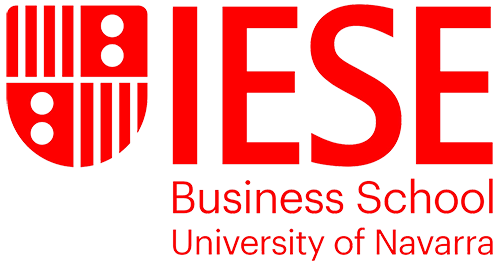Motivation
Student motivation is the driver of self-regulated learning and student retention in education. Designing for motivation is therefore essential. Not least when designing for EuroTeQ students, who tend to drop out more often than regular students.
Design
Designing courses to ensure student motivation is a multifaceted task. Aspects to consider in the design phase are setting achievable goals, choosing relevant and meaningful content and learning activities, making room for interaction and establishing a learning space that fosters the sense of belonging of students.
- Outline clear, achievable, and observable learning objectives. Communicate these objectives to students at the beginning of the semester, emphasizing the relevance and importance of the material they will be learning.
- Connect the course material to real-world applications or examples that resonate with students’ interests and future career goals. Help them understand why the subject matter is relevant and how it can benefit them in their personal and professional lives.
- Plan a classroom environment that promotes collaboration, respect, and inclusion. Encourage peer interaction and establish a safe space for students to share their thoughts and ideas. Building positive relationships between students and instructors can enhance motivation and engagement.
- Are the learning objectives achievable to the students that you expect to show up?
- How is the course content relevant and meaningful to these specific students?
- What are your expectations on engagement, collaboration, and communication?
Action
- Foster active learning and engage students in the learning process through active learning techniques. You can do this by incorporating activities such as group discussions, problem-solving exercises, case studies, simulations, and hands-on projects. This approach encourages students to actively participate and apply their knowledge, increasing their motivation and sense of ownership over their learning.
- Incorporate a mix of teaching methods to cater to diverse learning styles and preferences. Interactive activities, multimedia presentations, guest speakers, dialogue-based lectures, and online resources can all contribute to a dynamic learning environment that keeps students engaged.
- Provide students with choices within the course whenever possible. For instance, you may offer various topics for assignments or projects, allowing them to select ones that align with their interests. This autonomy can enhance motivation as students feel more invested in their work.
- Engage students actively in the learning process by incorporating collaborative and interactive activities. Encourage group work, problem-solving exercises, hands-on experiments, and class discussions. This approach promotes active engagement, helps build a sense of community, and enhances the learning experience for all students.
- Which active learning activities are present or could be added to your course?
- How are students able to make choices throughout your course?
- List your teaching methods – Do you find them diverse?
Reflection
- Regularly collect feedback from students about the course and their learning experience. Use this feedback to make improvements and adjustments to the course design as necessary. Demonstrate that the opinions and suggestions of the students are valued. This practice increases the motivation and engagement of students.
- Discuss your course with your colleagues or ask for feedback or advice from support staff.
- What did the students say about relevance?
- How was the attendance of the students and what was the number of dropouts?
- How have you experienced the student’s dialogue with peers and teachers?
- How have you measured student motivation and engagement?
Further Information
See how EuroTeQ partnership teachers have done this in courses that have already been offered in the EuroTeQ course catalogue.
You can pay particular attention to the following courses:
- Visual design – Fusion of arts and technology (CTU)
- Metal Additive Manufacturing: From Theory to Practice (TUM)
For ideas on specific tools and methods to use, check the EuroTeQ Learning Lab’s inventory padlet, which has been compiled based on questionnaires and interviews conducted with EuroTeQ teachers.
If you want to know more:
- Tinto, Vincent (2017). Through the Eyes of Students. Journal of College Student Retention:
Research, Theory and Practice volume 3, 19.








